Half Century, Baby! Fifty Years of the Grumman F-14 Tomcat
by David Parsons and Mads Bangsø
“‘Of course, D-hose and Turk didn’t want to embarrass the F-15 community, and they never mentioned the incident again . . . UNTIL NOW! A few months later at a VX-4 at JW’s, D-hose sez, ‘Hey Falcon, I know ya got a copy of that 16mm gun film, how ‘bout it?’ JW bugs for a few and returns with film I have in my hand right now.PS: the 8” x 10” single frame of the 16mm gun film on my bulkhead in my ‘war room’ shows a F15 thru a F-14 HUD, radar lock, at 250ft, Vc zero, pipper on the pilot’s helmet, gun selected, No X over the ‘G’—master arm on—half detent on trigger depressed (which activates gun camera and opens the gun gas purge doors), with . . . zero rounds remaining . . . good thing!”
If you can conjure a mental image of what that scene is about, you’ll love this book. Likewise if you picked up on that very specific military aviation culture (competitiveness, one-upmanship, stretching regulations to and beyond the limit) you’re probably hootin’ and hollerin’ already.
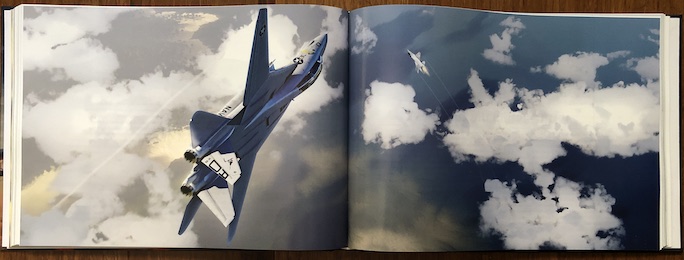
Danish aviation artist Mads Bangsø is a veritable Renaissance man with degrees in Human Physiology, Geology, and Physics. He didn’t just do the excellent profile views in this book (and many others) but also several photorealistic pieces like this one. He’s as familiar with airbrush, water color and oil as he is with digital rendering.
Everybody else will first have to come up to speed with the manner in which military folk talk amongst themselves lest a discussion about doing the NPE and BIS trials at the NATC makes you wonder if you had a stroke. In keeping with this publisher’s slogan “Written by aviation enthusiasts for aviation enthusiasts!” it is apparent right from the get-go that this book is written by and probably for people who are at home in that world, a world that appreciates that acronyms/abbreviations are essential for expressing oneself with economy. Obviously they are each spelled out the first time they occur but after that you’re mostly on your own, and you don’t just have to remember what they spell but what they actually mean—how else can you follow an assessment of the practical differences between a TFX and a VFX program? At least try to know your ‘saders from your ‘varks. The whole book is like this, no matter who’s being interviewed or quoted, and there are many. If you can’t be bothered with acronyms, there’s one you really must remember: RIO. You’ll be meeting many Radar Intercept Officers in these pages because every Tom has one in the rear seat, and the fact that the F-14 has a tandem cockpit at all, and why it is laid out fore-aft as opposed to side-by-side is already at the heart of what role this aircraft was intended for.
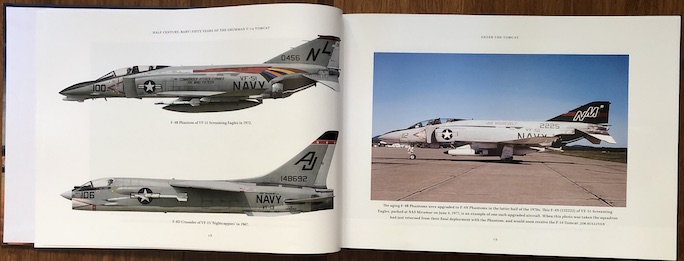
Wait, none of these are F-14s! Context, Baby!

Right page, red star insignia on a Tomcat?? This is “Tomcatski” playing the opposite number
at Navy Fighter Weapons School (aka TOPGUN which for once is not an acronym but merely a nickname). Quick reality check for the left page: the F-14 is the “smaller” aircraft on the left but it is really about 62 ft long whereas the F-16 to its right is about 48. Perspective, Baby!
While the book is full of shop talk minutia there is also ample reference to big-picture matters such as geopolitical stirrings, military doctrine, inter- and intra-service differences of opinion (ever heard of the Fighter Mafia?), procurement, and those !@#$ politicians. That stunt referenced above, for instance, would have unintended consequences: Japan had already contracted for 21 F-15s but when talk circulated of the F-14 besting the newer aircraft (even Aviation Week wrote about it) they wavered. The brass was not amused.
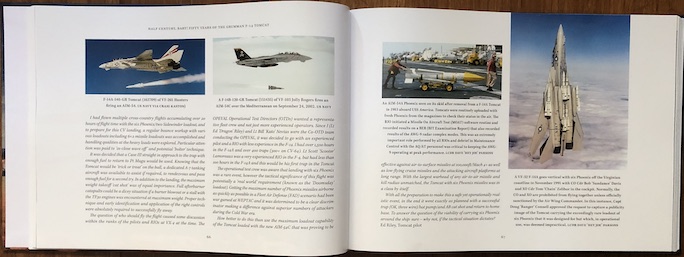
(r) In the early days, at Miramar, a Scamp Departure—going full vertical right after takeoff on afterburner—was probably not exactly on the training syllabus but not actively discouraged. That didn’t last long, because this $40 million aircraft suffered quite a lot of turmoil in the early development phase and the brass didn’t want to give anyone more reason to complain.
The photo on the right is remarkable not for the vertical climb but for the payload: an “exceedingly rare loadout of six Phoenix that it was designed for but which, in operational use, was deemed impractical.”
Built from 1969–1991 and in US service until 2006, the Tom would log the longest operational career of any Naval Fighter to date, although not, as the wording of the title might lead you to think, half a century long. That reference is to the 50th anniversary of the first two F-14A fleet squadrons (VF-1 and VF-2) receiving their first Tomcats.
 Author Dave “Hey Joe” Parsons is a former RIO and considered a preeminent F-14 historian. He presents its development and operational history decade by decade largely through the words of the aircrew who flew it, with focus on flight characteristics and noteworthy events. Maintainers don’t need to feel left out: a second volume is in the works: Half Century, Baby! Volume 2: Tales from the F-14 Tomcat Maintainers’ Toolbox.
Author Dave “Hey Joe” Parsons is a former RIO and considered a preeminent F-14 historian. He presents its development and operational history decade by decade largely through the words of the aircrew who flew it, with focus on flight characteristics and noteworthy events. Maintainers don’t need to feel left out: a second volume is in the works: Half Century, Baby! Volume 2: Tales from the F-14 Tomcat Maintainers’ Toolbox.
The Tomcat is of course still in service . . . with the Islamic Republic of Iran Air Force, and if you missed that memo and are struck by the absurdity of the IRIAF being the sole foreign customer for the Tomcat, everyone in this book agrees with you!
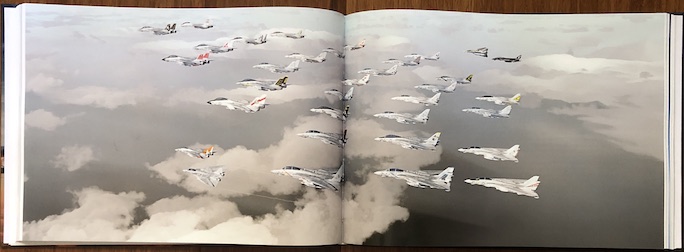
Wouldn’t that be a sight in real life—F-14s from all the squadrons that flew it. This is another Mads Bangsø illustration. It is available as a poster with all the squadron insignia shown at the bottom.
There is no shortage of F-14 literature but what sets this book apart is the candor with which hot-potato topics are dealt with. Obviously the F-14 was not a perfect aircraft and its flaws are not swept under the rug here, but you could find that anywhere. But research, for instance, the origin of the Tomcat name and you find generic statements pertaining to the precedent of Grumman using feline monikers (Wildcat, Hellcat, Tigercat, Bearcat etc.) and also as a nod to Tom Connolly, Deputy Chief of Naval Operations for Air Warfare. This book goes beyond that, and consider that it is no less an authority than the Dean of Naval Aviation Historians, Barrett Tillman, who doesn’t mince words when he writes in the Foreword:
[note the bold bits] “More to the point, though, in 1967 Vice Admiral Thomas F. Connolly, OP-05, had testified in Congress about the Navy’s opinion of the F-111B (aka Flying Edsel, in reference to SecDef Robert Strange McNamara’s background with For Motor Company). Connolly, a well-regarded test pilot in his younger days, did something remarkable: he spoke his mind, rather than parroting what RSM wanted him to say. Asked about the Naval ‘vark’s performance, he said, “Gentlemen, there isn’t enough thrust in Christendom to make that airplane into a fighter.’ That killed the -111B and Connolly’s career.
As expected, McNamara got his revenge—he was nothing if not vindictive—and assured that Tom Connolly never wore a fourth star. In turn, the Navy got its revenge about five years later by naming the F-14 the Tomcat!”
And you better believe “Shooter” Tillman used RSM’s middle name on purpose . . . and casually dropping that Edsel reference . . . Elsewhere, the 1986 movie Topgun that implanted the aircraft in the cultural consciousness doesn’t escape ribbing either: “a live-action cartoon with cutout characters and a skinny plot.”
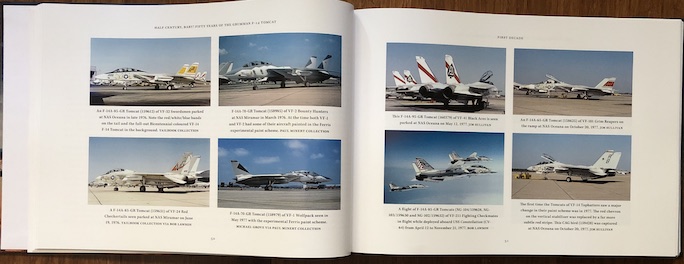
The book ends with a tribute to one of the great fighter pilots of our times, “Snort” Snodgrass (d. 2021 in an airshow crash) who as Commodore at NAS Oceana put his career on the line to save the F-14 from premature retirement.
Bravo Zulu all around.
Heads-up for American readers: the publisher is in the UK so reading about this beloved American airplane in British English can be jarring.
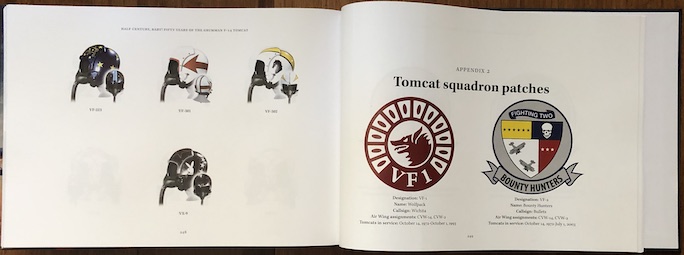
Appended are several pages each of helmet markings and squadron patches.
Copyright 2024, Sabu Advani (speedreaders.info).


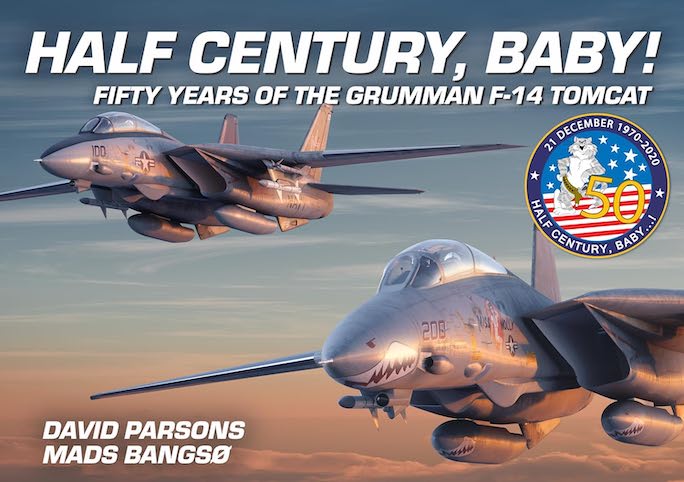
 RSS Feed - Comments
RSS Feed - Comments



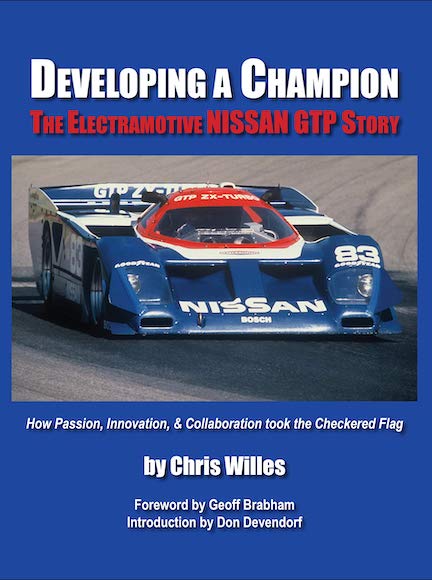

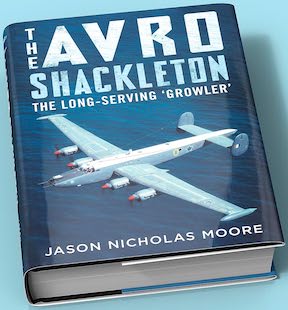
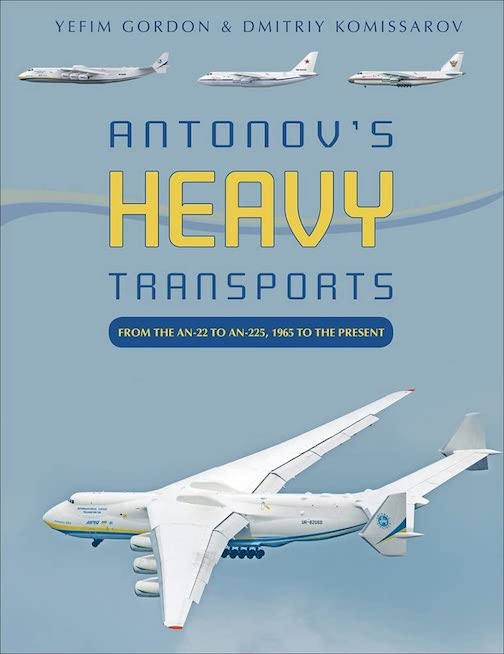
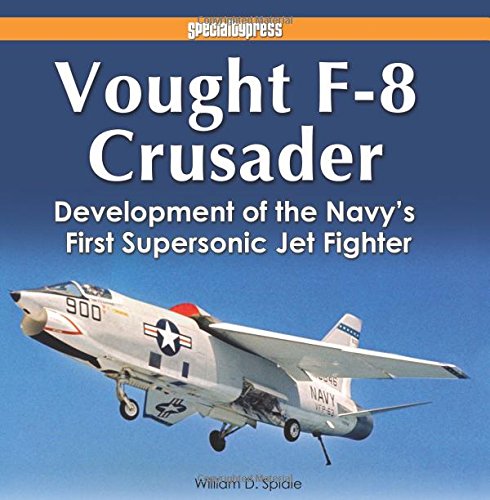
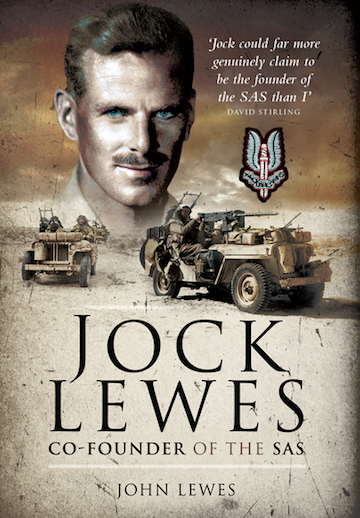

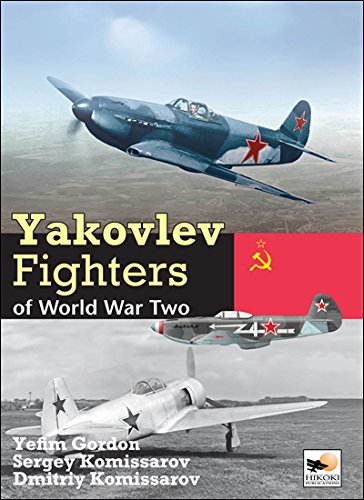







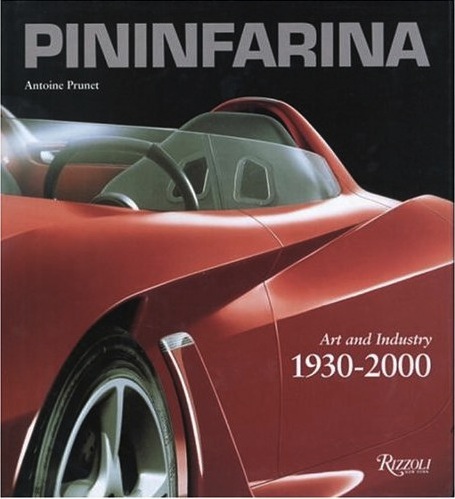




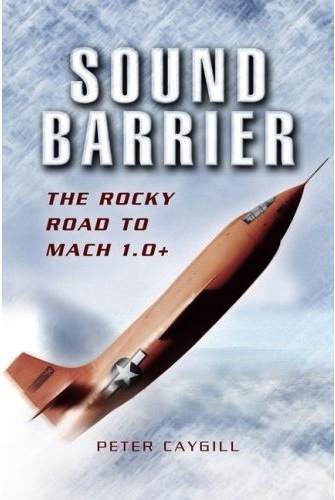

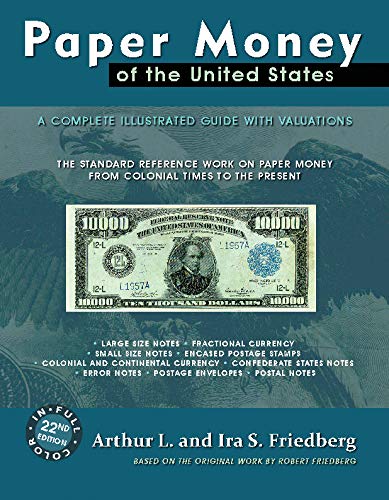
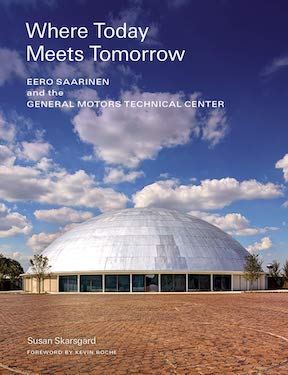



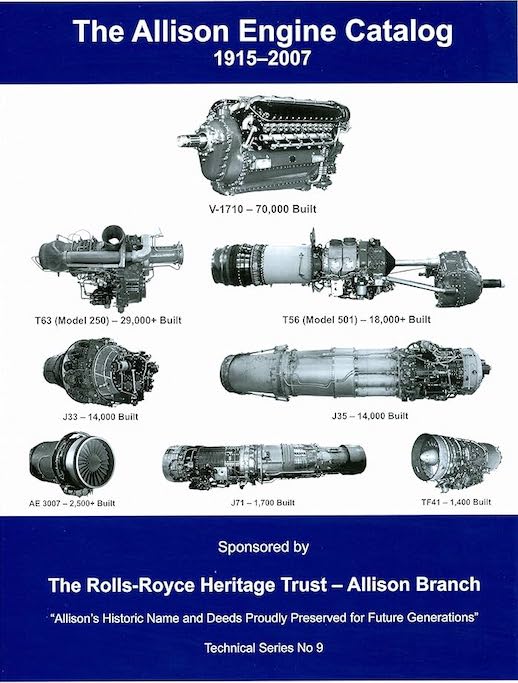
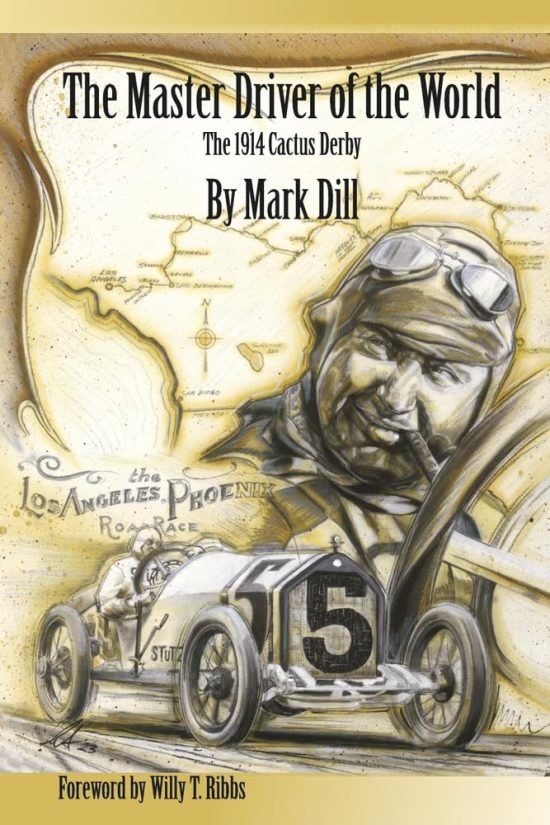
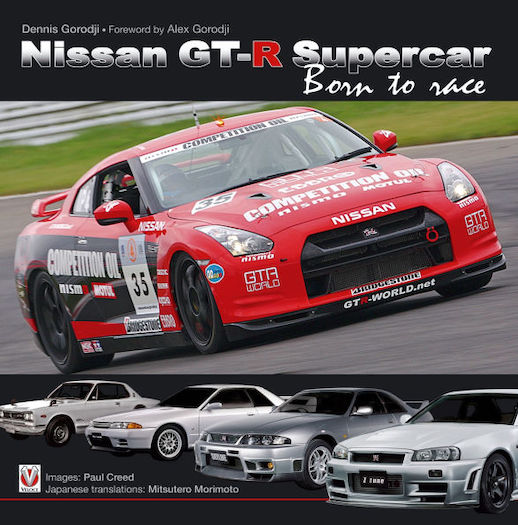

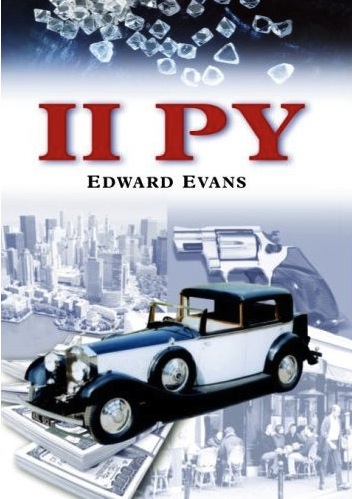

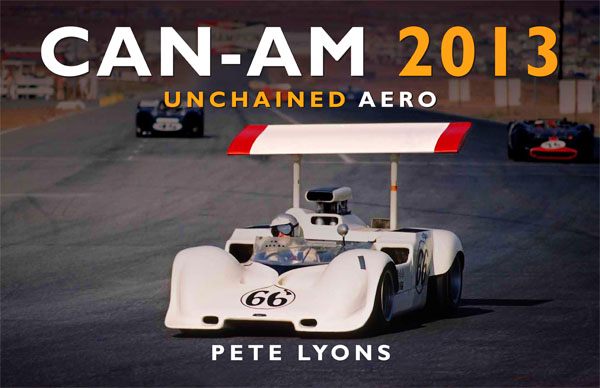





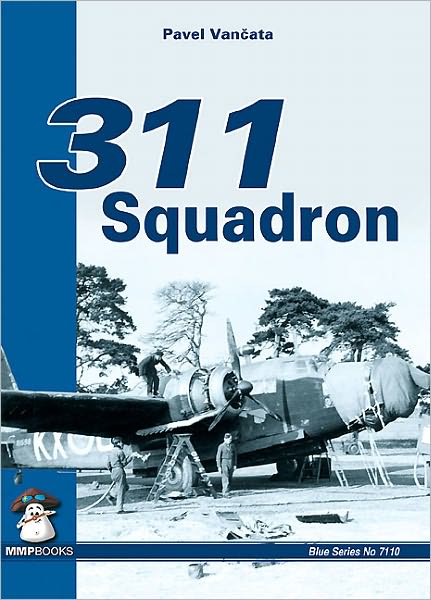
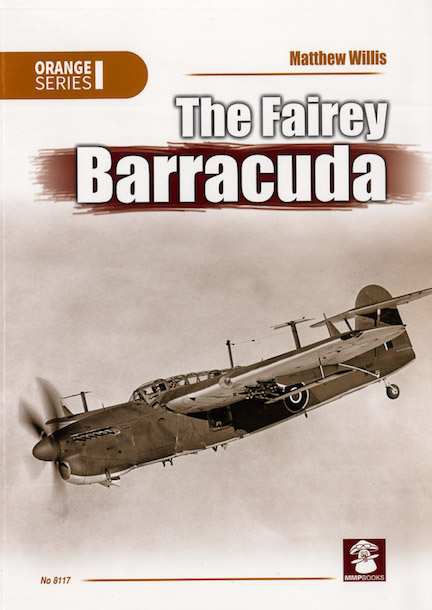
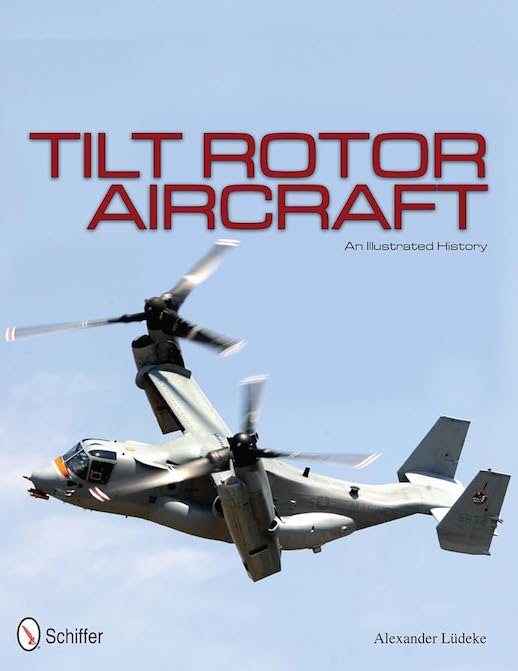
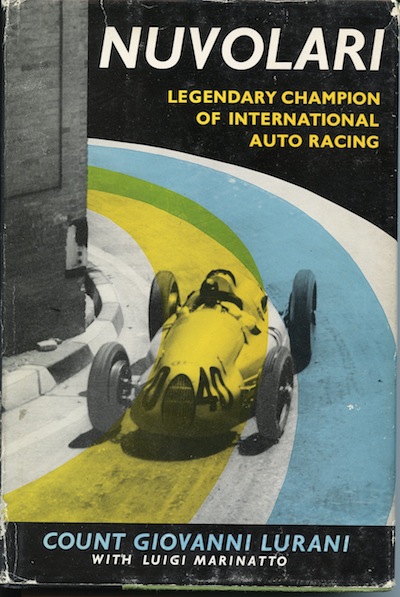



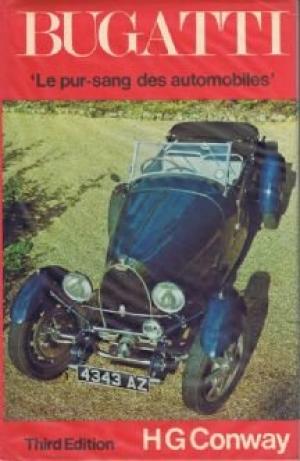




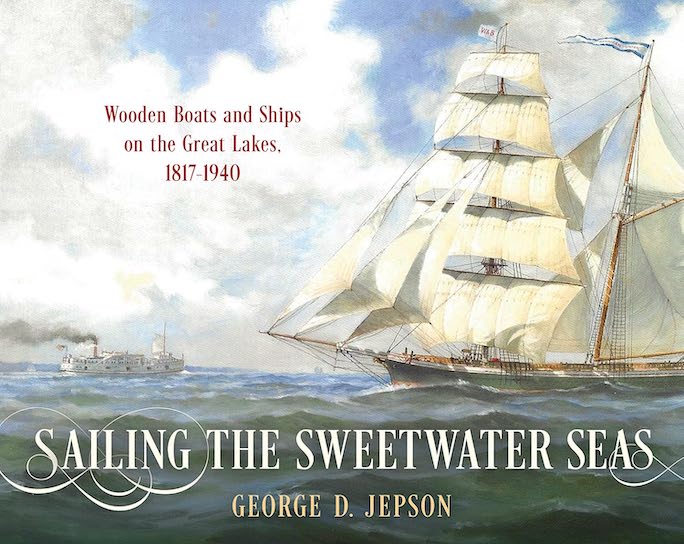
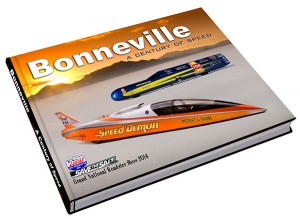


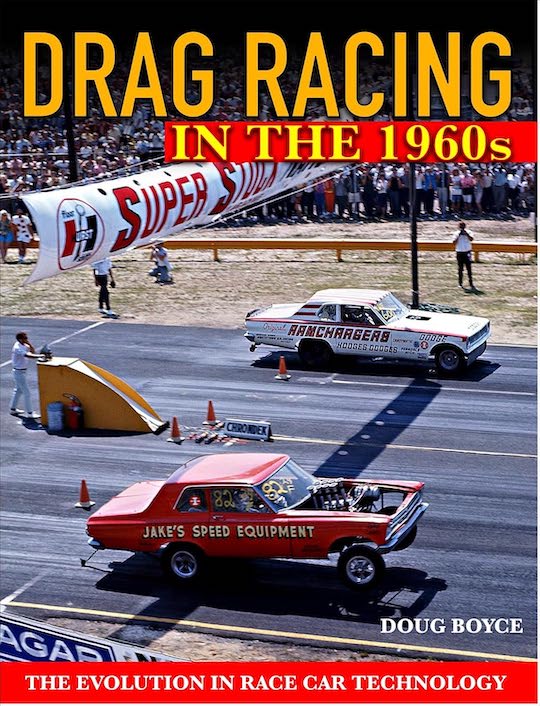


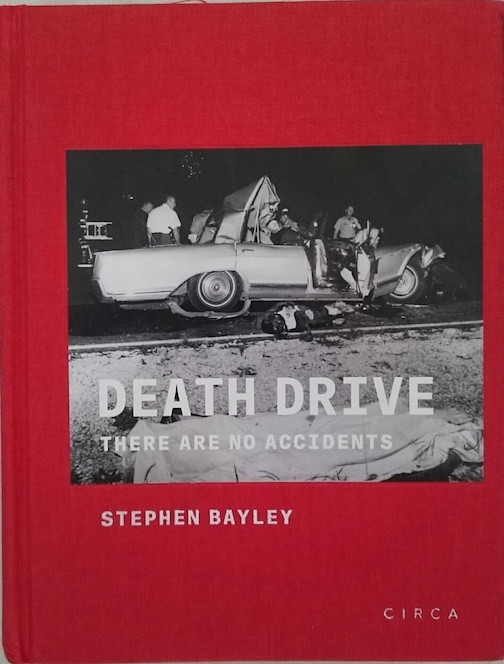

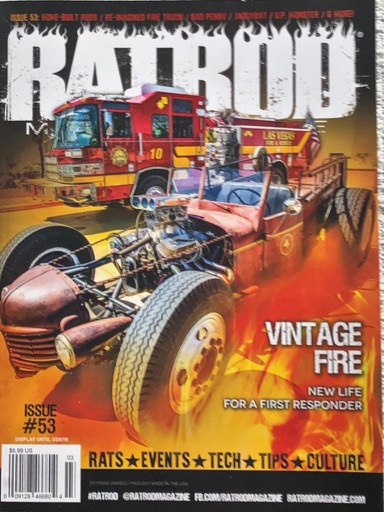
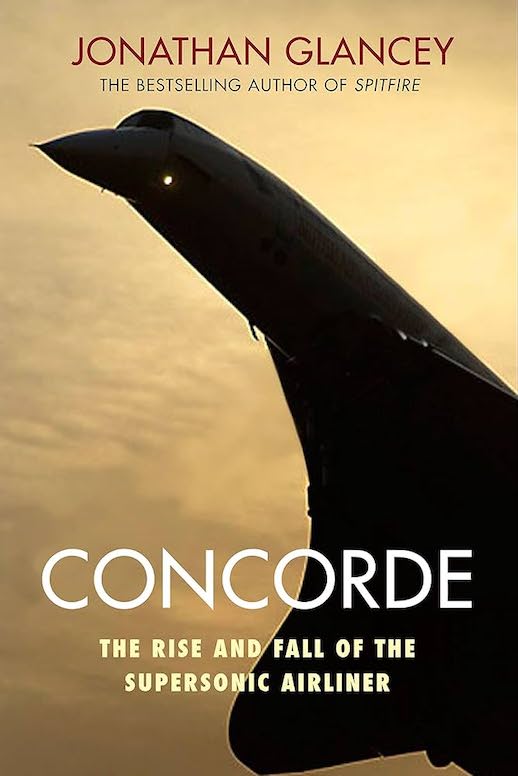





 Phone / Mail / Email
Phone / Mail / Email RSS Feed
RSS Feed Facebook
Facebook Twitter
Twitter